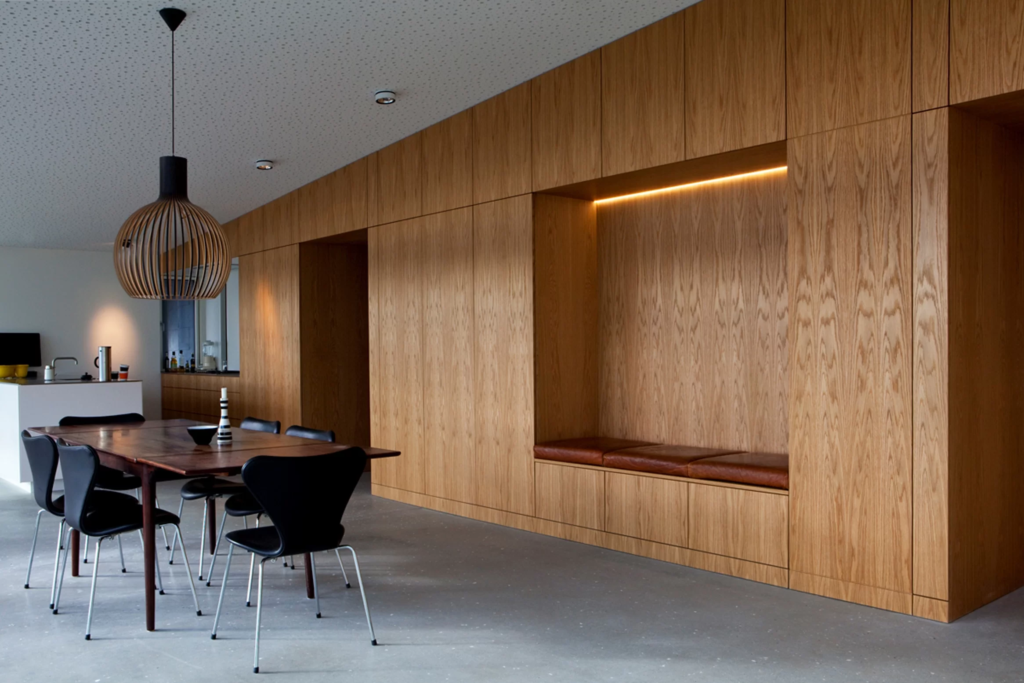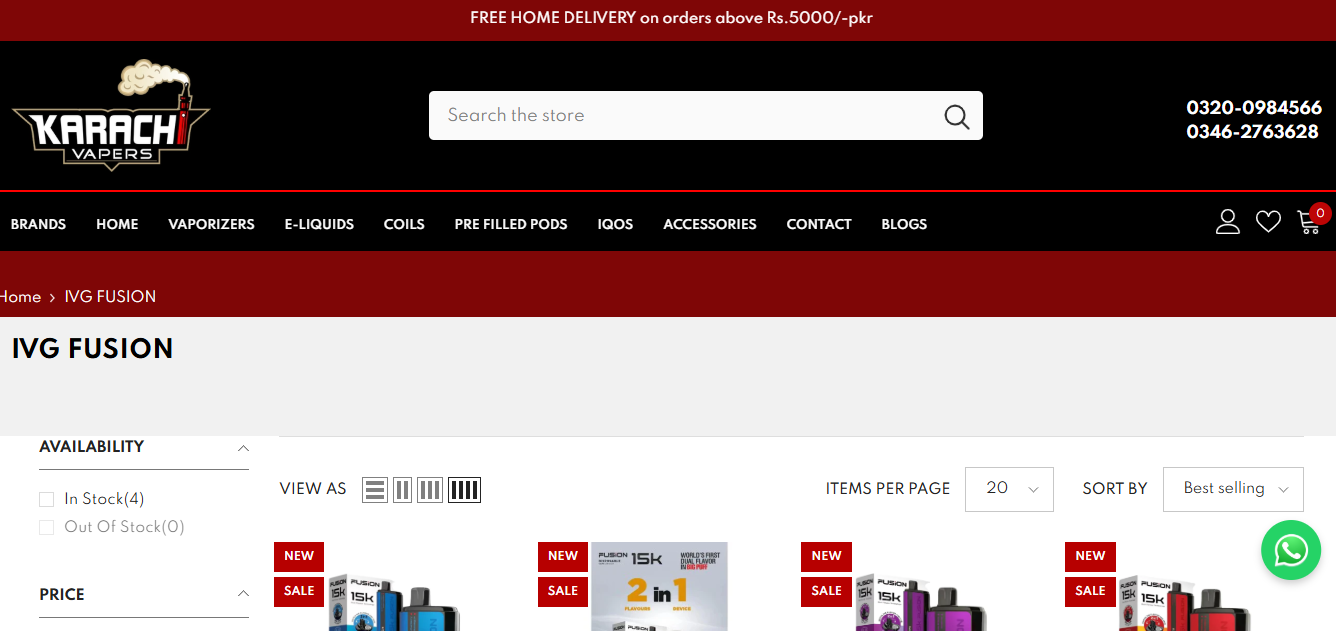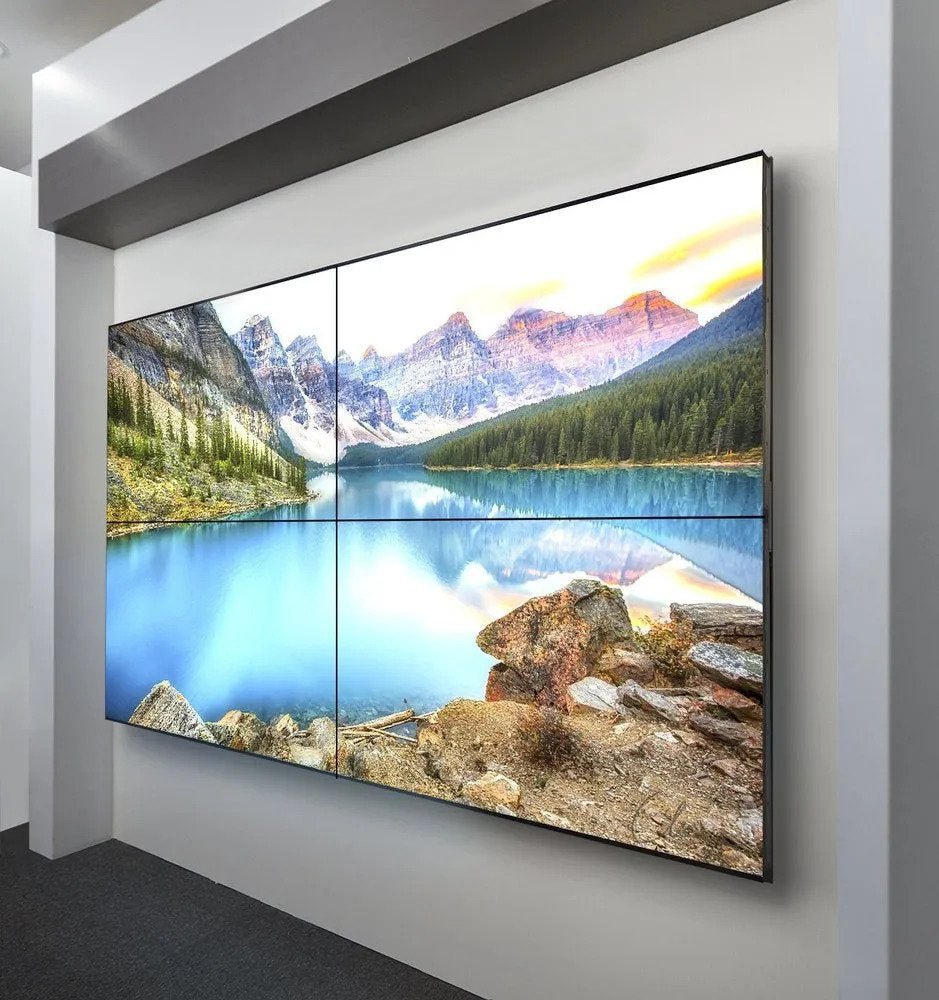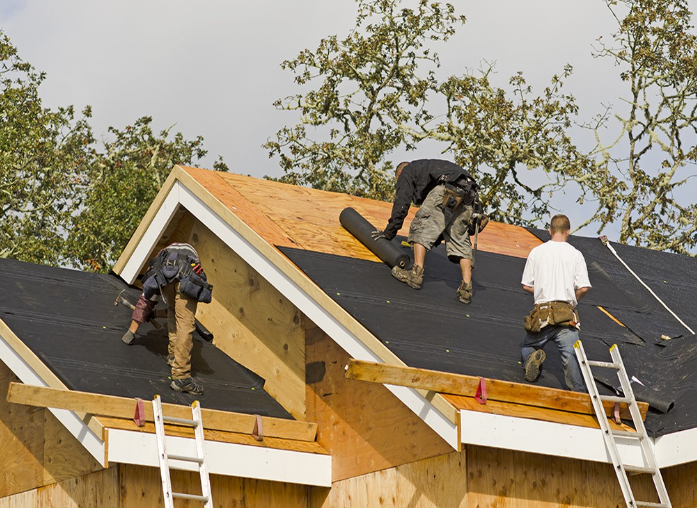When it comes to crafting or buying furniture, the material choice is one of the most important decisions you will make. One of the most popular materials for furniture making is Medium Density Fiberboard (MDF). MDF is a highly versatile and cost-effective option for producing sleek, smooth, and durable furniture pieces. However, selecting the right MDF panel can be a daunting task, especially with so many types available in the market. This article will guide you through the process of making a strong MDF panel selection for your furniture, ensuring you make an informed decision.
Understanding MDF Panels
Before diving into the specifics of selecting the right MDF panel for furniture, it’s important to understand what MDF is and why it is so widely used in the furniture industry. MDF is a composite material made from wood fibers, wax, and resin, which are compressed and heated to form panels. It is known for its smooth surface, uniformity, and strength, which makes it an excellent choice for furniture, cabinetry, and decorative applications.
Key Characteristics of MDF
MDF panels come with several distinctive features, including:
- Smooth Surface: The surface of MDF is smooth and free from knots, making it ideal for painting and veneering.
- Strength and Durability: MDF is strong enough to support heavy loads, which is essential for furniture.
- Workability: It can be easily cut, shaped, and molded, allowing for a wide range of design possibilities.
- Affordability: Compared to solid wood, MDF is more affordable while offering similar strength and aesthetics.
Types of MDF Panels for Furniture
There are several types of MDF panels available, each suited for specific needs in furniture making. Understanding the different types will help you select the best option for your project.
Standard MDF
Standard MDF panels are the most common type used in furniture making. These panels offer a smooth and dense surface, making them ideal for general furniture applications. They are available in various thicknesses, which allows for flexibility in design. Standard MDF is widely used for cabinetry, shelving, and other interior furniture pieces.
Moisture-Resistant MDF
Moisture-resistant MDF is specifically designed for use in areas with high humidity, such as kitchens and bathrooms. The panels are treated with a special coating that helps prevent moisture absorption, which can cause warping or swelling in regular MDF. If you’re planning to use MDF for furniture in damp environments, moisture-resistant MDF is a smart choice.
Fire-Retardant MDF
Fire-retardant MDF is treated with fire-resistant chemicals that reduce the material’s flammability. This type of MDF is commonly used in commercial furniture, public spaces, and areas where fire safety is a concern. For residential furniture, fire-retardant MDF may not be necessary unless your furniture will be placed in high-risk areas.
Ultra-Low Emission MDF
MDF panels can release formaldehyde and other volatile organic compounds (VOCs) into the air. Ultra-low emission MDF panels are manufactured using special binding agents that release significantly fewer emissions. This type of MDF is ideal for eco-conscious consumers who want to create furniture without compromising on indoor air quality.
High-Density MDF
High-density MDF panels are denser than standard MDF, providing greater strength and durability. They are ideal for heavy-duty furniture applications, such as large tables, cabinets, and bookshelves. High-density MDF can support more weight, making it a great choice for furniture that will experience frequent use.
How to Choose the Right MDF Panel for Your Furniture
When selecting an MDF panel for your furniture, several factors must be considered to ensure you choose the best option for your needs. The following sections will help you make an informed decision.
1. Consider the Purpose of Your Furniture
The first step in selecting the right MDF panel is determining the purpose of your furniture. Are you creating a bookshelf, a cabinet, a dining table, or decorative pieces? The type of furniture you plan to build will dictate the kind of MDF you need.
- For Shelving and Storage: Standard MDF or high-density MDF is a great option for bookshelves or cabinets, as these pieces need to support significant weight. High-density MDF offers added strength and durability for such applications.
- For Decorative Furniture: If you are crafting decorative pieces such as accent tables, mirrors, or display units, a standard MDF panel or a veneer-laminated MDF panel would work well. These pieces require a smooth finish and ease of customization.
- For Kitchen or Bathroom Furniture: In environments where moisture is prevalent, such as kitchens or bathrooms, moisture-resistant MDF is essential. These panels are specially designed to resist the damaging effects of moisture and humidity, making them a perfect choice for cabinets, countertops, and other furniture in these spaces.
2. Evaluate the MDF Thickness
The thickness of the MDF panel plays a critical role in the strength and stability of the furniture. MDF panels are available in various thicknesses, usually ranging from 3mm to 30mm. The thickness you choose should be based on the type of furniture you’re creating and the load it will carry.
- For Light Furniture: If you’re making lightweight furniture, such as small shelves or side tables, a 6mm or 9mm MDF panel should be sufficient.
- For Heavier Furniture: For larger furniture pieces, like bookshelves, cabinets, and tables, you’ll need a thicker panel. A thickness of 18mm or 25mm is typically ideal for ensuring strength and stability.
3. Look for Smoothness and Surface Quality
MDF is known for its smooth surface, which makes it ideal for painting or veneering. When selecting MDF panels, ensure that the surface is smooth, free from imperfections, and uniform. The smoother the surface, the better the finish you will achieve, especially if you plan to paint or laminate the panels.
Additionally, check for any imperfections such as cracks, lumps, or unevenness that may affect the quality of the finished furniture. Always choose MDF panels with high-quality finishes for a professional and polished appearance.
4. Consider the Environmental Impact
If sustainability is important to you, opt for MDF panels that are made from eco-friendly materials. Many manufacturers now offer MDF panels that are sourced from recycled wood fibers and use low-emission binding agents. Look for certifications such as Forest Stewardship Council (FSC) or EcoLabel to ensure the panels meet environmental standards.
5. Cost vs. Quality
While MDF is an affordable material compared to solid wood, it’s important not to compromise on quality in order to save money. Higher-quality MDF panels tend to be more durable, smoother, and easier to work with, which will save you time and money in the long run.
However, for small-scale or low-cost projects, you may opt for a more affordable MDF panel. Just ensure it is suitable for your project requirements.

How to Maintain Your MDF Furniture
Once you’ve selected the right MDF panels for your furniture, proper maintenance is key to ensuring their longevity. Here are a few tips for maintaining MDF furniture:
- Avoid Excess Moisture: While moisture-resistant MDF is designed to handle humidity, it’s still important to keep your furniture away from excess water. Wipe up spills immediately to avoid damage.
- Use a Protective Coating: To protect the surface of MDF furniture, consider applying a protective coating, such as paint, veneer, or laminate. This will not only enhance the appearance but also provide a layer of protection against scratches and wear.
- Keep It Clean: Regular cleaning with a damp cloth will help maintain the beauty and integrity of your MDF furniture. Avoid abrasive cleaners that could damage the surface.
Conclusion
Making a strong MDF panel selection for furniture involves more than just picking the cheapest or most readily available option. By considering factors such as the purpose of your furniture, panel thickness, surface quality, environmental impact, and long-term durability, you can select the perfect MDF panel for your project. Whether you’re creating a piece for your home or a commercial space, MDF’s versatility, strength, and smooth finish will provide you with excellent results. Always make sure to maintain your MDF furniture properly to enjoy its benefits for years to come.
For more insightful articles related to this topic, feel free to visit – techners












Leave a Reply